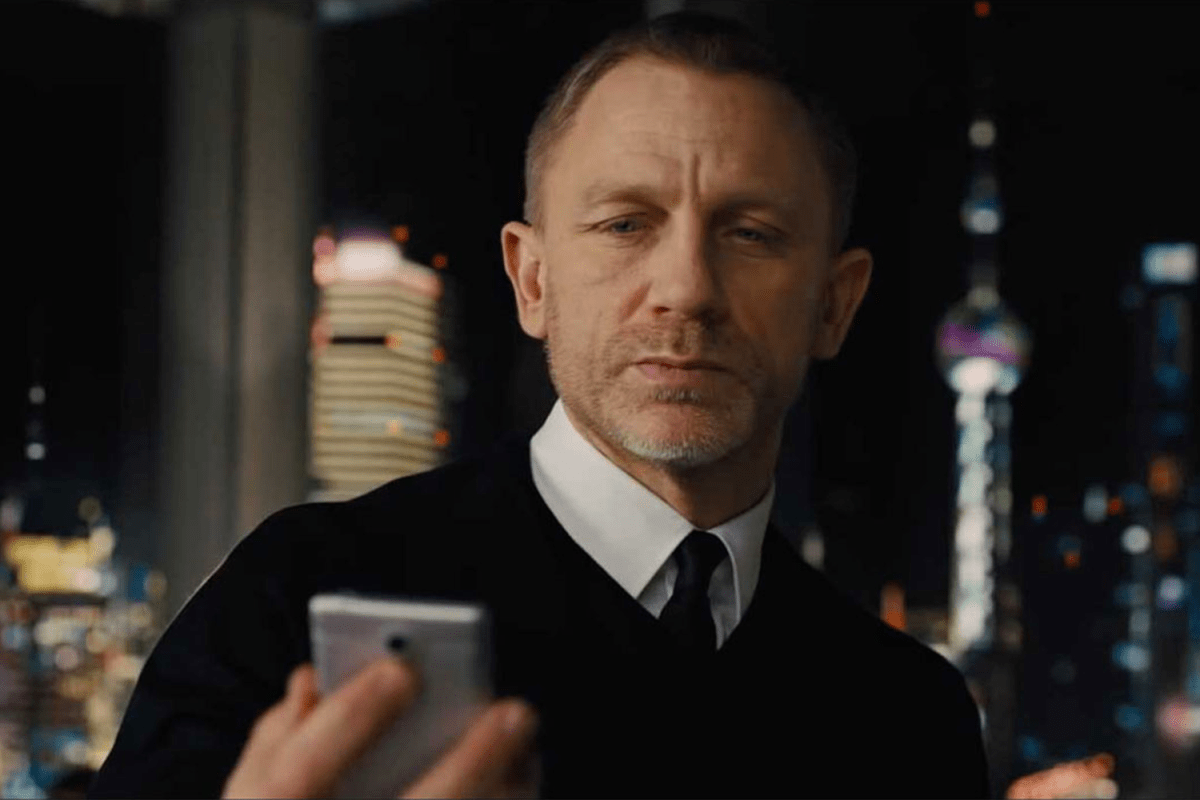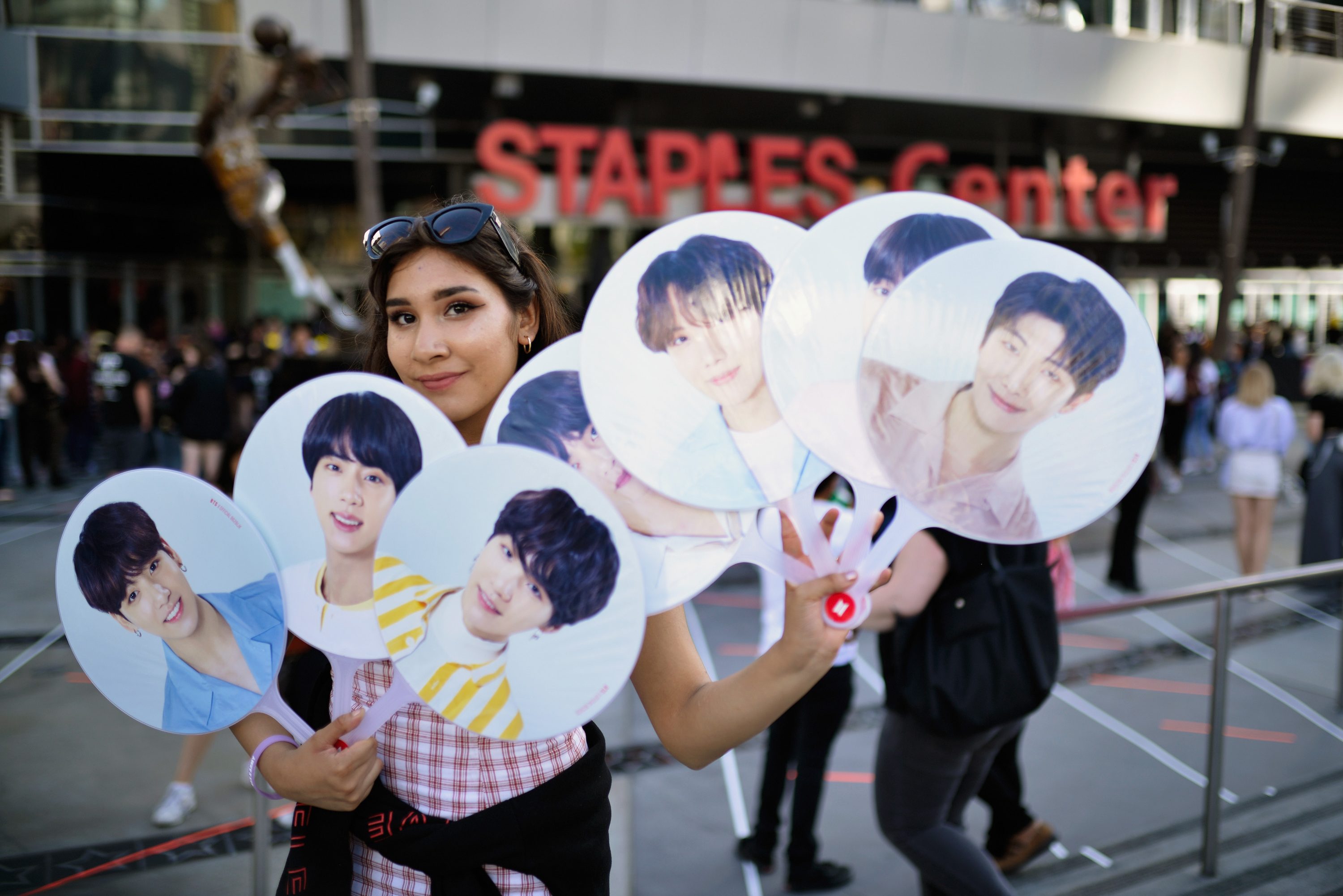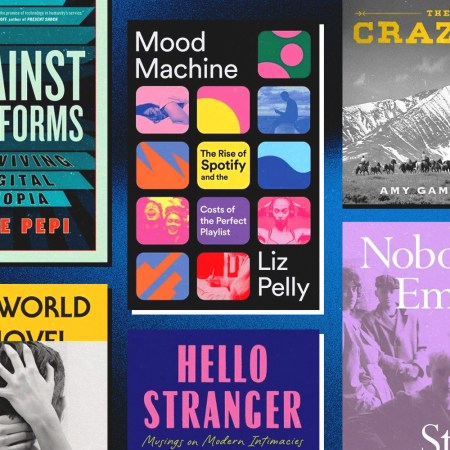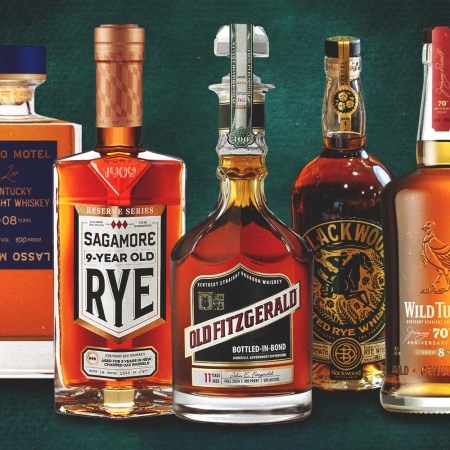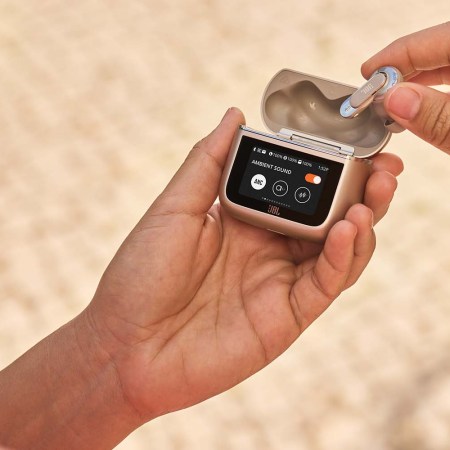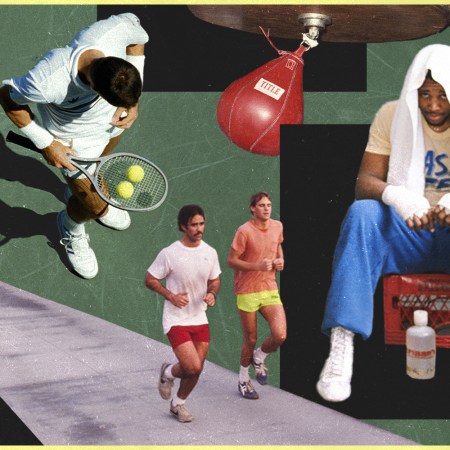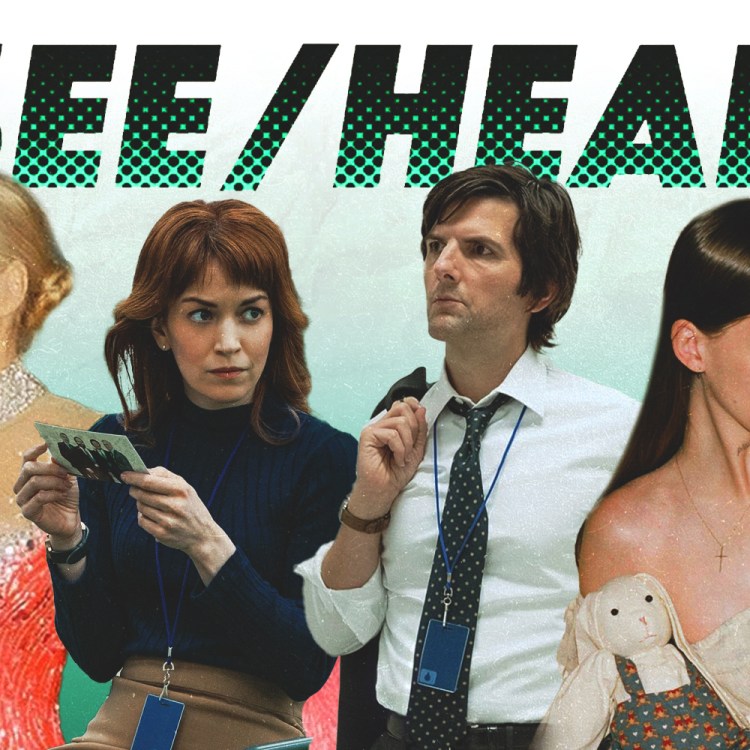Which bottles of Champagne were at Rick’s Cafe in Casablanca?
Thanks to computer technology, that answer could change at any moment. Yes, the multi-billion dollar product placement industry is coming for classic films and TV shows.
According to BBC, product placement can be traced back as early as the 1919 Buster Keaton film The Garage, where logos for various gas and motor oil companies were conspicuously on-screen. Today, placing products in movies, TV shows and music videos is a $20 billion business. That’s billion with a “B,” and after a 2020 dip due to COVID-19 issues, double-digit growth in this product-hawking sector is expected this year.
Why? You’ll be sorry you asked. “Our research suggests that deft product placement leads to online engagement and has the ability to create emotional connections with key demographics, such as Millennials, i-Gens and m-Gens, which are more elusive, tech-savvy and averse to traditional media,” said PQ Media CEO Patrick Quinn in response to last year’s Global Product Placement Forecast. “As a result, paid placements have grown substantially in number and value during the past several decades because brands have become more willing to invest in skillful integration of their logos and products in storylines that will expose their assets in meaningful ways.” Cited examples of recent successful product placement into new shows and films include integrations into Avengers: Endgame, the Amazon show Making the Cut and the ESPN documentary The Last Dance.
Up next? Digging up old shows and giving them a shiny new 5G phone to shill. The U.K. advertising business Mirriad is already using tech to add new ads to a Chinese video streaming website, according to the BBC report, and the makers of the show Modern Family “have also tried it out.”
“The technology can ‘read’ an image, it understands the depth, the motion, the fabric, anything,” said Mirriad’s chief executive Stephan Beringer. “So you can introduce new images that basically the human eye does not realize has been done after the fact, after the production.”
Mirriad defines itself as the “leading in-content advertising solution … powered by a unique fusion of data, AI, cultural reach and limitless creativity, that enables complete control for brands to curate the perfect moment in content.” Another recent example was getting Tecate beer placement and signage seamlessly into a music video by rising musician Giovanny Ayala. Older artists could potentially have “new” logos, signage or products placed into classic videos.
Another company, the California-based Ryff, is promising to tailor product placement so what you see — like the star of an action film drinking a particular bottle of water — could be different depending on who is watching and what they previously were looking at online.
There’s a lot to unpack there, including privacy and legal issues, along with the idea that films and TV would no longer be the same shared experience. As film critic Anne Billson adds: “It also calls into question the role of the production designer, who has put a lot of thought into the look of something, only for some random advertiser to come along at a later date and spoil it with changes or additions that might be anachronistic, or that might not mesh with their other carefully considered design choices.”
Thanks for reading InsideHook. Sign up for our daily newsletter and be in the know.
